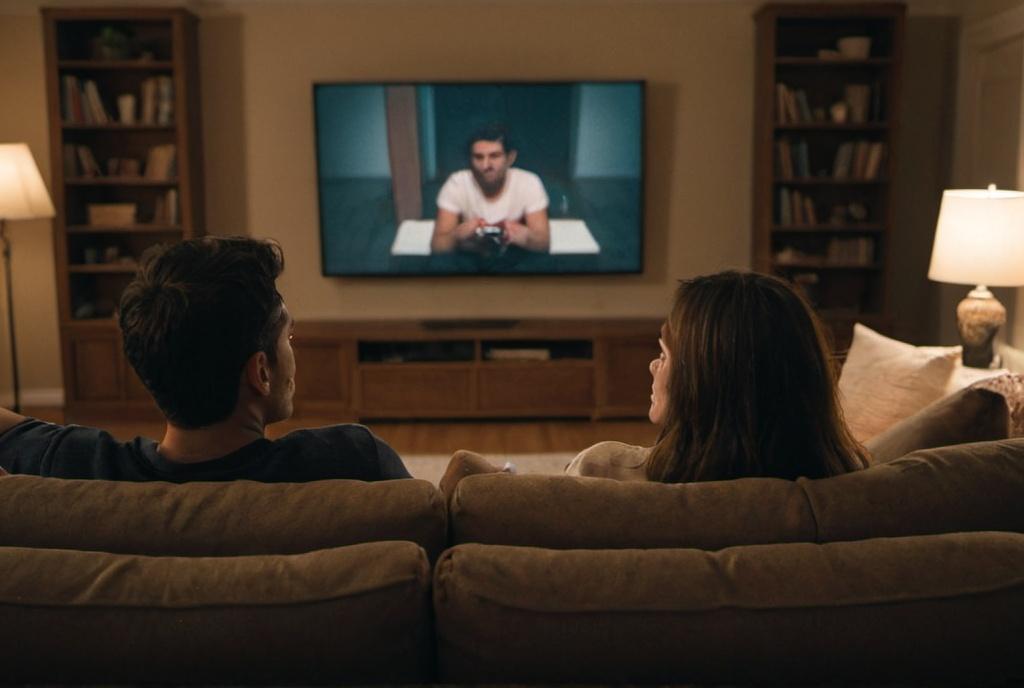
Key Take Aways About practical effects vs cgi
- Filmmaking often blends practical effects and CGI to create believable cinematic experiences.
- Practical effects offer tangible interactions and may be cost-effective in some scenarios, though they can be time-consuming and expensive.
- CGI allows for limitless creativity but involves significant costs for software and skilled labor.
- The choice between practical effects and CGI depends on budget, realism, and film vision.
- Successful films often integrate both, balancing creativity and financial considerations to enhance storytelling.

Cinematic Sorcery: Practical Effects vs CGI
Here’s the thing about filmmaking: it’s a bit of a juggling act. One minute, directors are trying to make a space battle look authentic, and the next, they’re attempting to make a dinosaur in the room believable. It’s all about creating that flimsy thread of reality that keeps audiences hooked. So, how do filmmakers pull off these feats? With a blend of imagination-stirred magic: practical effects and CGI. Now, let’s delve into this concoction a bit more.
Practical Effects: Old School Charisma
Once upon a time, practical effects were the bread and butter of moviemaking. Think puppetry, animatronics, miniatures, and good ol’ pyrotechnics. These physical effects can add grit and texture that CGI sometimes struggles to match. Who can forget the breathtakingly real (and sometimes hilariously clunky) shark from “Jaws”? The animatronic beast, affectionately known as Bruce, terrified audiences without a single pixel in sight.
Practical effects require heaps of creativity and often a small team of technical wizards who can think outside the box. The upside? They provide a tangible presence that actors can interact with, making performances often more genuine. The downside? Time and cost can skyrocket. Building a galaxy far, far away with models and matte paintings? That’s no walk in the park.
When Practical Hits the Money Mark
Practical effects aren’t just about creative flair; there’s a financial angle too. While CGI might seem initially more budget-friendly, practical effects can sometimes save the day. Imagine a movie studio trying to create a storm sequence. Renting a wind machine and some water tanks could burn a hole in the budget, but it’s potentially a smoother sail than months of rendering digital raindrops. Plus, practical effects can sometimes offer a longer shelf life. Remember “Jurassic Park”? Many argue the animatronics still hold up against today’s standards.
The Rise of CGI: A Digital Revolution
Enter CGI, the tool that’s been reshaping the visual effects game. With CGI, filmmakers can conjure up entire universes or digitally resurrect actors. The ability to manipulate anything on screen brings unparalleled creativity and flexibility. “Avatar,” a CGI masterpiece, showed the world what was possible when digital effects were pushed to their limits.
But let’s not get too ahead of ourselves. CGI isn’t always smooth sailing. The time it takes for computer-generated magic to render can be mind-boggling, and let’s face it, there’s always a risk of unleashing a less-than-convincing uncanny valley monster. Done right, CGI can be a marvel. Done wrong, it can be more distracting than a cat at a laser pointer convention.
Financial Considerations of CGI
From a financial standpoint, CGI can be a double-edged sword. Sure, the prospects of reducing physical production costs like sets and locations are alluring. But then enters the hefty price tag of software, skilled artists, and massive computing power. It’s like buying a flashy sports car that requires premium fuel—worth it if you can afford it but not a casual investment.
So, What’s the Verdict?
The CGI vs practical effects debate? Well, it’s not so much about picking sides as it is about picking the right tool for the job. Savvy filmmakers often weave both into their films, striking a balance that suits the story. Think “The Lord of the Rings” series, where miniatures and CGI coexisted to create epic battles that captivated audiences.
Deciding when to use practical effects or CGI often comes down to a mix of budget, realism, and the filmmaker’s vision—making financial acumen a crucial part of the creative process. Investing in the right blend can be the difference between a box office hit and a flop. Filmmakers must weigh the technical and financial aspects to craft visual stories that resonate, ensuring those movie tickets keep flying off the shelves.
In the end, it’s not about the magic wand; it’s about the magician wielding it. Whether you lean towards the tactile allure of practical effects or the infinite possibilities of CGI, when done right, both can deliver a cinematic experience that keeps viewers coming back for more. And in the world of cinema, that’s pure gold.



